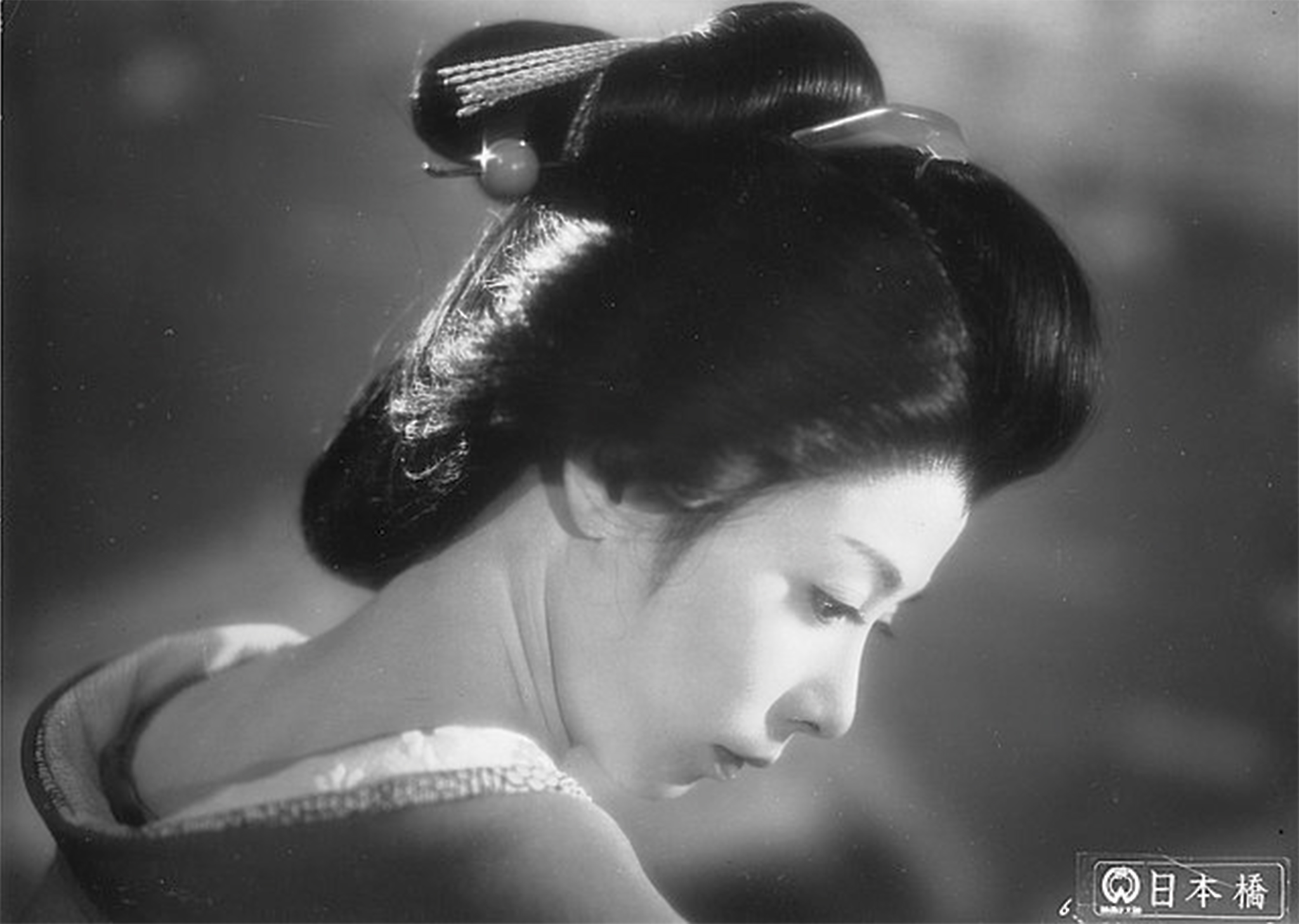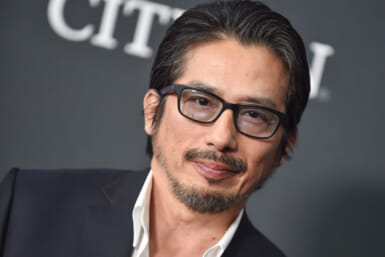In this month’s Spotlight article we are looking back at the life and times of one of Japan’s 20th century cinematic legends, Chikage Awashima. Born 100 years ago today, she was a leading figure in the Takarazuka Revue, before making her silver screen debut in 1950. The Tokyo-born performer was probably best known for her leading roles in comedy flicks as well as her appearances in three Yasujiro Ozu films and Masaki Kobayashi’s masterpiece, The Human Condition I: No Greater Love.
Chikage Awashima: From Stage to the Silver Screen
She was born Keiko Nakagawa to store owner parents in Tokyo’s Omori on February 24, 1924. After graduating from high school, she entered the renowned Takarazuka Music and Dance School in 1939 and became a member of the all-female revue two years later. She was given the stage name Chidori Awaji after a poem by Minamoto no Kanemasa from the Ogura Hyakunin Isshu. However, as another member of the troupe had a similar stage name, she changed it to Chikage Awashima.
She was considered one of the troupes’ big three performers (known in Japanese as sanbagarasu, meaning “three crows”) along with Yuko Minami and Asami Kuji. The Broadway-style productions proved very popular and even influenced manga culture. Osamu Tezuka was known to be a big fan, having been brought up in Takarazuka city. Awashima was said to have been the model for Sapphire, the cross-dressing heroine of his popular series, Princess Knight (also known as Ribbon no Kishi).
In the postwar years, Takarazuka was flourishing and Awashima was the front and center of its success. Naturally, the organization didn’t want to lose her. However, Awashima had an ambition to act in movies. Leaving the troupe in 1950, she signed a contract with Shochiku Studio. That same year, she made her movie debut in Minoru Shibuya’s comedy Crazy Uproar alongside Kamatari Fujiwara and Takashi Shimura. The film earned her a Blue Ribbon Award for Best Actress. Many more prizes would follow.
A Golden Age of Cinema
In the early 1950s, Japan was entering its Golden Age of Cinema and Awashima played a part in its success. In 1953, she featured in Hideo Oba’s three-part romantic saga, What is Your Name?, the most successful commercial Japanese production of the era, with ticket sales in the tens of millions. Prior to that, she appeared in two Ozu films, Early Summer and The Flavor of Green Tea Over Rice. However, it was her performance as Masako, a woman mourning the death of her young son, in Ozu’s 1956 classic, Early Spring, that truly stood out.
Another memorable movie starring Awashima was Shiro Toyoda’s romantic comedy Marital Relations, which ranked second on the list of the top 10 Japanese films of 1955 in Kinema Junpo, Japan’s oldest movie magazine. She excelled as the Osaka geisha Choko, a part that earned her a second Blue Ribbon Award for Best Actress. Her co-star, Hisaya Morishige, picked up the Best Actor prize, while Toyoda was named Best Director. The prolific filmmaker went on to work with Awashima on many more productions. She also appeared alongside Morishige again, in the long-running comedy film series Station Front.
During the 50s, Awashima featured in several movies directed by some of the most revered Japanese filmmakers of the era, including Tadashi Imai (An Inlet of Muddy Water), Kon Ichikawa (Bridge of Japan) and Mikio Naruse (Summer Clouds). In 1959, she played Jin Tung Fu in No Greater Love, the first part of Kobayashi’s epic war trilogy, The Human Condition. Starring Tatsuya Nakadai, studios initially wanted nothing to do with the movie as it was critical of Japan’s wartime atrocities. Shochiku eventually took it on. “Unquestionably the greatest film ever made,” wrote David Shipman — referring to the three parts — in his book The Story of Cinema.
Chikage Awashima’s Death and Legacy
More than half a century after Greater Love, Awashima appeared in another movie directed by Kobayashi that also starred Nakadai. A poignant story examining themes of acceptance and reconciliation released in 2010, Haru’s Journey was Awashima’s final film. She died of cancer two years later, aged 87. A national treasure who was awarded the Medal with Purple Ribbon from the emperor in 1988 and the Order of the Precious Crown in 1995, her death was mourned throughout the country. She will be forever remembered as a stage superstar who became one of the most acclaimed figures of Japan’s Golden Age of Cinema.









